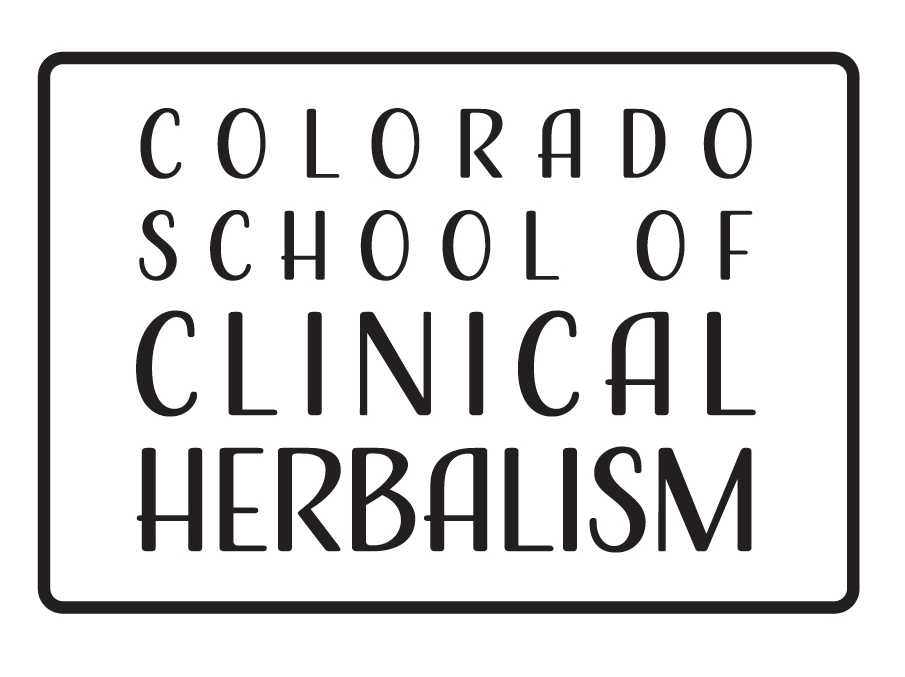
I remember the days of stubborn, unruly hair. Almost every day seemed like a bad hair day, and each split end had a family of split ends, as though my head housed an entire lineage of hair breakage. Goodness, I certainly wouldn’t go to bed with wet hair. Humidity? Forget about it! I could not even step outdoors with my hair sealed in plastic without the frizzies rebelling against gravity. I used various types of shampoos and conditioners lining the drug store shelves, from “Cheap-O” to “Natural” and nothing seemed to shift my hair quality. Seriously, with hair like mine, I would have been super popular in the 80s, and I would never have wasted money in the salon. This 80s-style mop was all natural … or was it?
With my hair strands coated with tetrasodium EDTA and other weird, toxic chemicals with too many letters for me to even begin trying to pronounce, all of which are found in commercial hair care products, how in the world was my hair “Natural?” Commercial products promising to create beautiful, healthy, natural-looking hair, were poisoning each hair follicle, burning my scalp, and coating my hair with wax and chemicals to create the illusion that I had chosen the best product I could. I eventually shifted to organic hair care products, spending anywhere from an outrageous $12-30 a bottle. I noticed my hair quality changing – my hair grew easier and stronger, and I could handle humidity better without experiencing an 80s movie flashback every time it rained. Even the chemical irritations I experienced from previous products disappeared. Despite these changes, however, my family of split ends remained, my hair still thinned, and I constantly had to lather with conditioner in order to maintain any level of moisture.
It was not until I shifted to healthier eating habits and reduced my reliance on bottled hair care products that I saw the significant transformation. Hair is made possible by the nutrition one provides the body, so with the heavily processed and refined diet I followed for most of my life, complete with chemical additives, food colorings, artificial flavorings, and GMOs, my hair was probably more of a synthetic representation of hair. The human body does the best it can with the tools it is provided with. With poor quality nutrition, exercise, emotional and spiritual support, the body cannot perform optimally. If the body is under-nourished, so will be the hair. Undernourished hair can’t live up to its potential!
In working to support my body on all levels, I have chosen to let go of all commercial hair care products. Many organic brands still contain harmful ingredients and allergens. For me, continuing to purchase these products would be an irresponsible decision towards unsustainability. The financial, physiological, and environmental impacts simply are not worth it, and so in 2014, I completely shifted to homemade, simple, Earth-based recipes for hair health; and I haven’t looked back. These recipes are all made from the basics– whole foods, herbs, oils, clays, vinegars, and water. As my hair relaxes into its true constitution, I am excited to share my experience with others and teach them that beautiful hair does not come from a bottle, nor does it come at the expense of environmental and personal health. It certainly does not break the bank. If you are interested in getting back to the basics and supporting the environment and your personal health through healthy, sustainable hair care practices, please join me for my upcoming class. Get ready to discover your hair potential!
Sources:
Gabriel, Julie. The Green Beauty Guide: Your Essential Resource to Organic and Natural Skin Care, Hair Care,Makeup, and Fragrances. Deerfield Beach, FL: Health Communications, 2008. Print.
Mars, Brigitte. Beauty by Nature. Summertown, Tenn.: Healthy Living Publications, 2006. Print.
